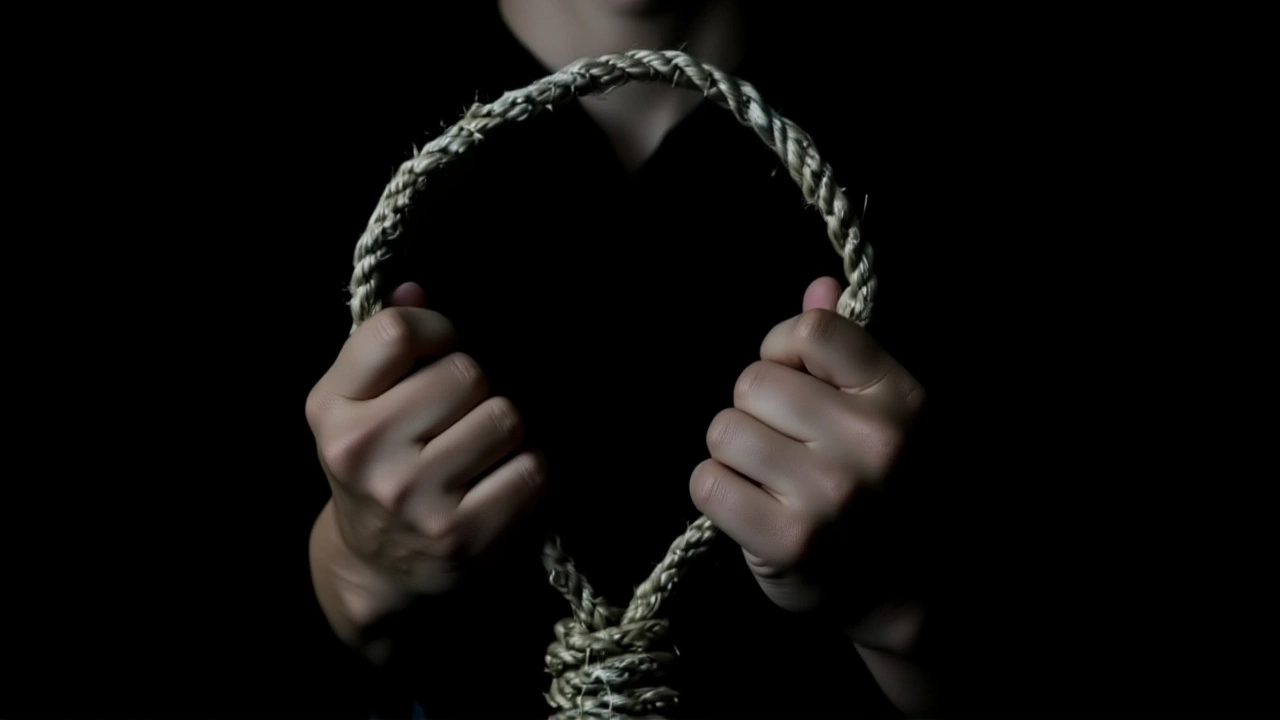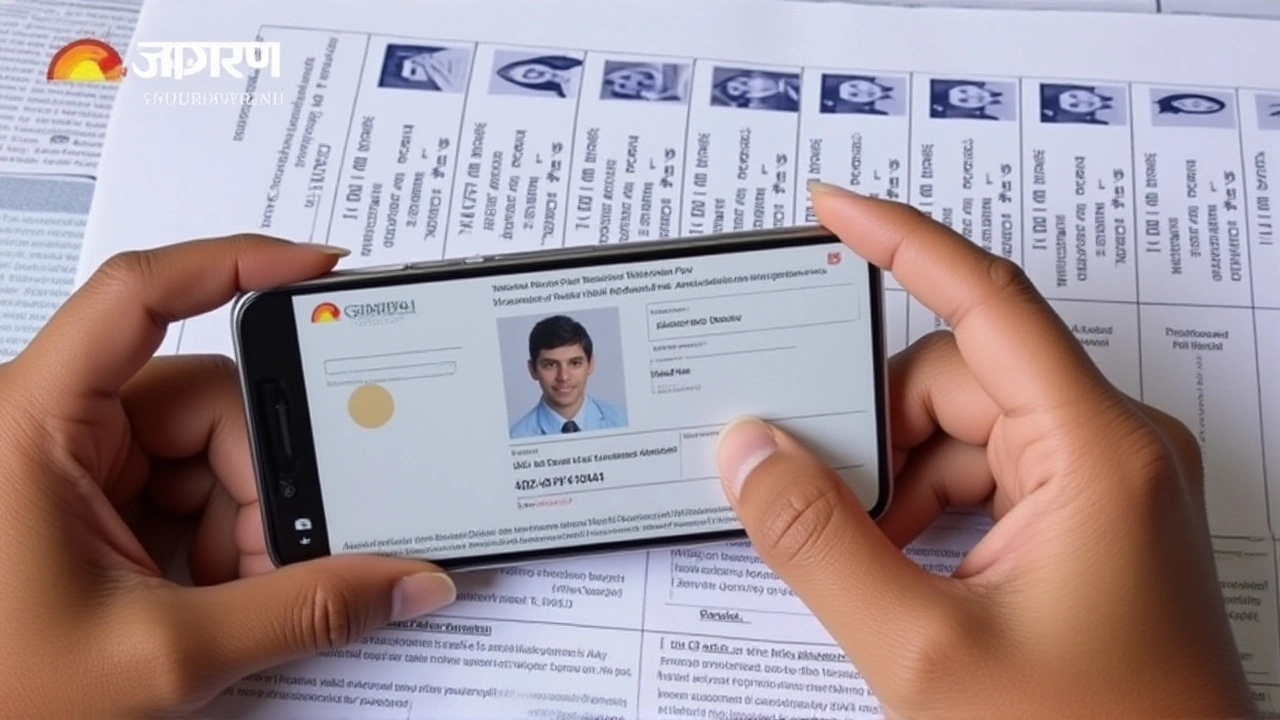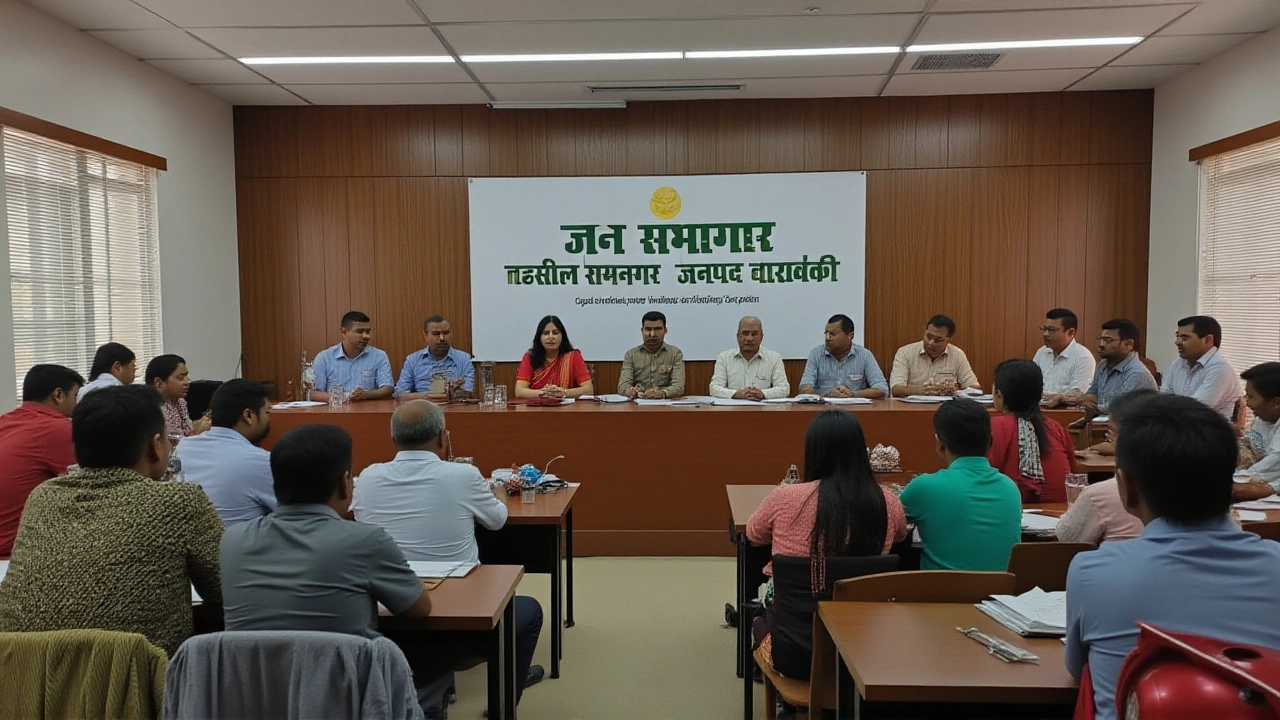On November 13, 2025, four training sessions for Block Level Officers (BLOs) were conducted across Ramnagar, Barabanki (Uttar Pradesh), under the direct supervision of the Joint Magistrate, who also serves as the Electoral Registration Officer. The initiative is part of the Special Intensive Reverification (SIR) Campaign 2026India, a nationwide effort by the Election Commission of India to clean up and modernize the country’s voter rolls. The goal? To ensure every eligible citizen is counted — and no one is left behind, or wrongly included.
Why This Matters Now
India’s voter list, last updated in 2023, currently includes 54.88 million names. Of those, nearly 26.1 million voters are over 40 years old — and only 77% of them have been digitally mapped so far. That’s a gap the Election Commission of India can’t afford to ignore. With general elections looming in 2026, the agency is pulling out all stops to verify addresses, eliminate duplicates, and update records using a new mobile app. This isn’t just bureaucracy — it’s about democracy’s integrity.
How the Training Played Out
The training wasn’t held in one place — it unfolded simultaneously at four locations: the Block Samagam Hall in Suratganj, the Tahsil Office in Ramnagar, and two other community centers. Key officials present included BDO Devendra Singh, Tehsildar Vipul Kumar Singh, SDM Gunjita Agarwal, Naib Tehsildar Vijay Prakash Tiwari, and Jitendra Kumar.
Projectors displayed step-by-step walkthroughs of the BLO app’s functions: how to scan documents, capture geo-tagged photos of residences, mark vacant homes, and update statuses in real time. SDM Gunjita Agarwal emphasized the need for door-to-door verification — not just paperwork. "You’re not just collecting forms," she told the officers. "You’re confirming lives. A wrong address could mean someone loses their vote. A duplicate could mean fraud. This is your responsibility."
The Timeline: What Comes Next
The SIR campaign follows a strict national schedule:
- October 28 – November 3, 2025: Training and printing of forms
- November 4 – December 4, 2025: Door-to-door collection and verification
- December 9, 2025: Draft voter list published online for public feedback
After December 9, objections can be filed — and BLOs will be required to resolve them within 15 days. The final list will be ready by January 2026, months before any election is called. This is the most aggressive voter verification drive since 2019 — and it’s being run with unprecedented tech support.

Technology Is the New Ballot Box
For the first time, every BLO is mandated to use the official BLO app — not just for data entry, but for daily progress tracking. Their location, number of homes visited, documents verified, and photos uploaded are all logged in real time. The Election Commission of India’s district and state-level officers will monitor this data like a live dashboard. No more paper trails. No more delays. No more excuses.
"The app isn’t optional," said a senior ECI official in Delhi, speaking anonymously. "If a BLO doesn’t log 20 homes a day, the system flags them. If they skip geo-tagging, the entry gets rejected. This isn’t surveillance — it’s accountability."
What’s Different This Time?
Previous verification drives relied on paper forms, community meetings, and manual cross-checking. They were slow. Often inaccurate. And prone to local manipulation. This time, the ECI has partnered with tech firms to build a cloud-based system that syncs with Aadhaar (with consent) and the National Population Register. In Rajasthan, where the pilot began, over 92% of BLOs successfully completed their first week’s targets using the app — a record.
"We’re not just updating lists," said Chief Electoral Officer Navin Mahajan of Rajasthan. "We’re building trust. When people see their name, photo, and address confirmed on a government app — and know they can challenge errors — they feel included. That’s the real win."

What About Rural Areas?
Some worry that rural BLOs — many of whom aren’t tech-savvy — will struggle. But the ECI has trained over 1.2 million volunteers and helpline staff across 12 states already. Refreshers are scheduled every two weeks. In Ramnagar, field officers reported that even elderly BLOs picked up the app within two training sessions. "It’s like WhatsApp," one officer joked. "Just tap, take a photo, send."
What’s at Stake?
With over 968 million voters eligible in 2024, India’s election machine is the world’s largest. Any error in the voter list — whether a ghost voter or an excluded citizen — can sway local outcomes. In 2022, a single district in Bihar lost over 18,000 votes due to outdated records. In 2023, a high court in Odisha annulled a panchayat election because of unverified names.
This drive isn’t just about accuracy. It’s about legitimacy. When voters trust the list, they trust the process. And when they trust the process, democracy holds.
Frequently Asked Questions
How will the BLO app prevent voter fraud?
The BLO app uses geo-tagging, photo verification, and Aadhaar-linked identity checks (with consent) to confirm each voter’s residence. Duplicate entries are flagged automatically by matching names, dates of birth, and addresses against the national database. If two entries appear for the same person, the system alerts the ECI for investigation — making ghost voters nearly impossible to sustain.
What if a voter doesn’t have a smartphone or internet access?
BLOs carry their own devices and collect data offline, syncing later when connected. Paper forms are still available as backups, but they’re being phased out. In remote areas, ECI has deployed mobile data vans and partnered with post offices to upload records. The goal is accessibility, not exclusion.
Can voters check their own status on the app?
Yes. Voters can visit the National Voters’ Services Portal (NVSP) or use the cVIGIL app to check their enrollment status, photo, and polling booth. If they spot an error, they can file an objection online — and BLOs are legally required to respond within 72 hours. This transparency is new, and it’s changing how people view elections.
Why is this drive focused on voters over 40?
Older voters are more likely to have moved, passed away, or lost documentation — yet they vote at higher rates than younger groups. With 26.1 million voters above 40, and only 77% mapped, this demographic represents the largest gap in accuracy. Correcting it ensures their voices aren’t lost — and prevents potential manipulation of their votes.
What happens after the draft list is published on December 9?
The public has 30 days to file objections or claims online or at designated centers. BLOs are assigned to investigate each case — verifying documents, interviewing neighbors, and updating records. By January 2026, the final list is locked. Any changes after that require a court order. This is the last chance to fix errors before the 2026 elections.
Is this drive happening in all states?
Yes. The SIR campaign is active in all 28 states and 8 union territories. While Uttar Pradesh, Rajasthan, and Bihar are leading in implementation speed, even smaller states like Sikkim and Puducherry are fully onboard. The ECI has allocated ₹487 crore for this drive — the largest tech investment in electoral administration in India’s history.
